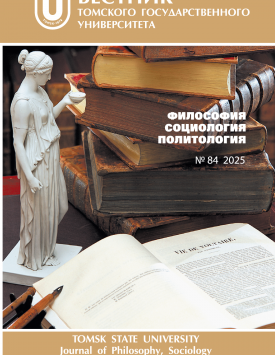Social analysis and actions for Ghanaian women’s development within Bosore and Abirem communities: a project study
Background: The empowerment of women is contingent upon the attitudes of both women and men, especially when there is no opposition from men. The project study sought to explore the barriers that hinder women to challenge themselves to be capable for their own development. The study, in the form of a social analysis, was initiated along with a project that served as a social action, within the period of 2021-2023. It was a collaboration between Mama’s Helping Hand community-based group, which emanated from the support of ASA International to the two women’s groups in Bosore and Abriem communities (Salvation Army Group and Amazing Grace Group respectively). Methods. The study employed a qualitative approach, which involved 40 women aged between 20 and 65 years. Nonprobability sampling was adopted, in regards to purposive sampling and snowball sampling for focus group discussions (10 participants each for 4 groups). A vignette design for an open-ended structured discussion guide was used for data collection. The process was framed within the characteristics and principles of Participatory Action Research (PAR). Thematic analysis was employed, in which the retrieved data were transcribed and coded. Subsequently, the data were interpreted by sorting them into broad themes per the 9 central human functional capabilities of Martha Nussbaum, and their subtopics. One of the 10 human capabilities, being the 8th (other species: to live with animals/plants and concern for), was omitted as the study goal did not focus on the women’s ability to live with the world of nature. Results. The data discovered how the actions of the communities and existing barriers that conform to the system of the communities which recognized social institutions tend to limit the women’s capabilities to be empowered. Such existing barriers include traditions, gendered values and roles that create gender hierarchy, lack of family support, and religious practices that build submissive women. Some of the women hold barriers like traditions and gender roles high esteem, as some do not. In such cases, social expectations and the actions of the local people that are based on locally held beliefs, make the women face difficulties to decide and perform paid jobs aside from their domestic responsibilities. Stigmatization happens to both men and women. Those of the women, who choose to go against the gendered traditional practices, are sometimes stigmatized. At the same time, the men, who choose to support and empower their wives to be economically active, are also stigmatized. Wise sayings were revealed as a heritage of their traditions, which administer the femininity of females and the masculinity of males in the communities, as the people are socialized as such. Conclusion. The concept of women empowerment is also significant to the consideration of the role of men. This is because the involvement of men will enable them to gain the necessary understanding of the positive aspects of women’s development and the negative consequences that may arise when women remain underdeveloped. The author declares no conflicts of interests.
Keywords
Ghana, capabilities approach, social action, social analysis, women’s developmentAuthors
| Name | Organization | |
| Enchill Gabriella L. | National Research University Higher School of Economics | genchill@hse.ru |
References

Social analysis and actions for Ghanaian women’s development within Bosore and Abirem communities: a project study | Tomsk State University Journal of Philosophy, Sociology and Political Science. 2025. № 84. DOI: 10.17223/1998863X/84/16
